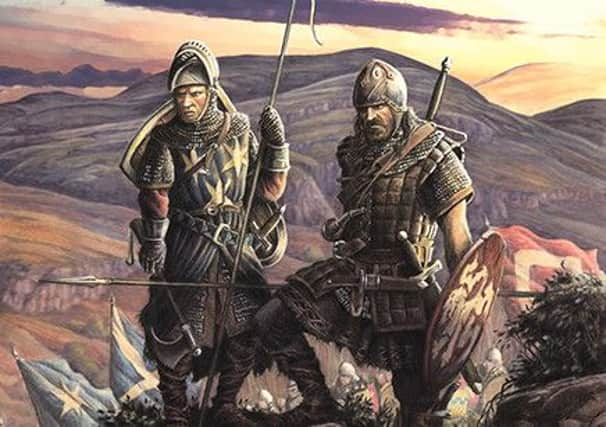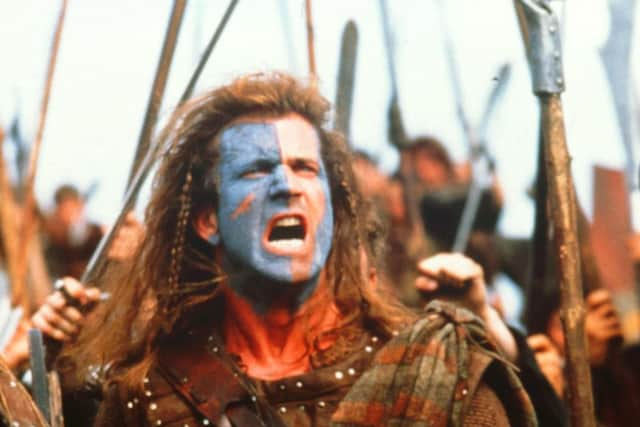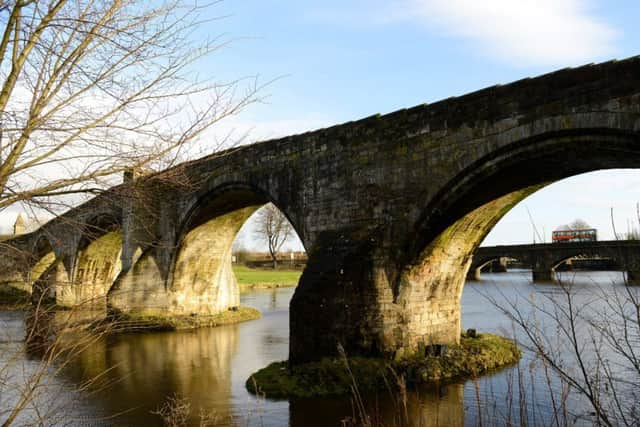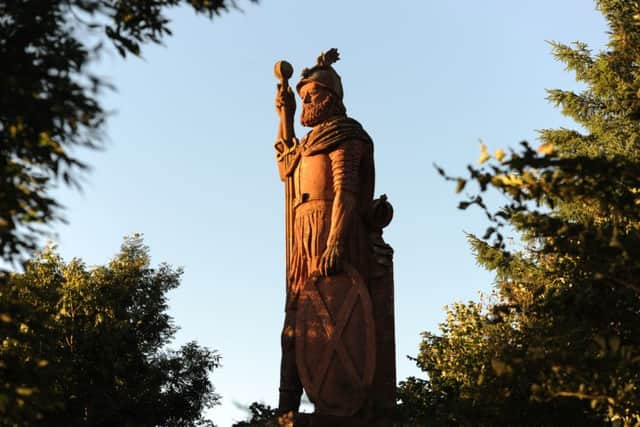John Robertson: Scotland’s greatest myth


It is tragic that Scotland lost one of her greatest heroes following that pivotal battle.
That hero was Andrew de Moray who lost both his life and his place in history at Stirling Bridge.
Advertisement
Hide AdI would guess that everyone in Scotland and millions throughout the world are familiar with the name William Wallace.


It is widely accepted that at the very least Moray & Wallace were co-commanders at Stirling Bridge, some even suggest that due to his higher birth Moray would have been the main commander.
In the lead up to the battle, most of Scotland was under the control of Edward’s English army. As always happens to an invading force however, there was growing discontent against this subjugation and minor disturbances grew into more frequent and serious demonstrations against the occupation. Andrew de Moray’s family had extensive lands on both sides of the Moray Firth and as in the south, ever growing discontent was manifesting itself there.
Young Moray was desperate to join this uprising and escaped from his imprisonment in an English jail to head north and reclaim his father’s lands from the occupying force. In the early summer of 1297, there was a serious insurrection on the Black Isle which led to the raising of the Saltire at Ormonde Castle and the gathering of an army, rallying to the rebellion.
At the same time, the North-East was also becoming a hotbed of rebellion, while further south, an alliance between the Bishop of Glasgow and Sir William Douglas (father of the Black Douglas) was stoking the flames, with William Wallace playing a major role.


Back in the North, the Burgess of Inverness, Alexander Pilche, was also becoming more and more resentful at this occupation and increasingly serious disturbances were more frequent.
Advertisement
Hide AdAgainst this background, from all over the North and along the Moray coast, large numbers were gathering at Avoch on the Black Isle to support the uprising.
This army, led by Andrew de Moray, who was spurred on by the knowledge that his father and uncle were still imprisoned in England, began to attack and destroy occupied garrisons.
Advertisement
Hide AdMoray’s army continued east, gathering strength through Aberdeenshire, and laying waste to many English held castles as they went.


Six short weeks later, his army looked down from the slopes of Abbey Craig, having joined Wallace’s forces to do battle with the occupying English army which had been despatched to quell this rebellion.
This victory at Stirling Bridge is acknowledged to have been a great tactical victory however tragically Andrew de Moray was mortally wounded during the battle.
This undoubtedly cost him his place in Scottish history.
John Robertson is a member of the “Andrew de Moray Project” and Trustee for “The Guardians Trust of Scotland” currently campaigning for a permanent joint commemoration of Wallace & Moray at Stirling Bridge.